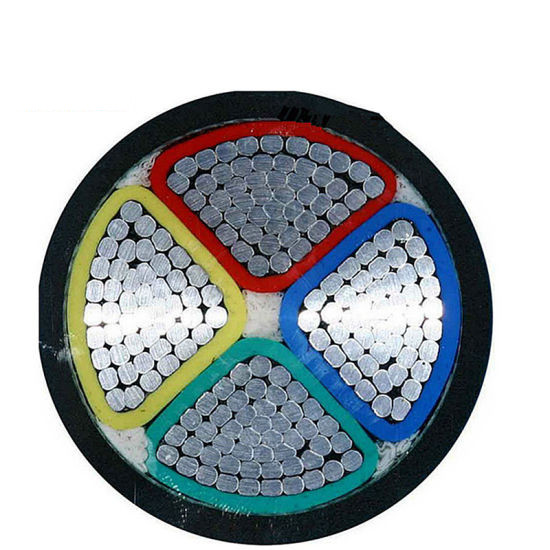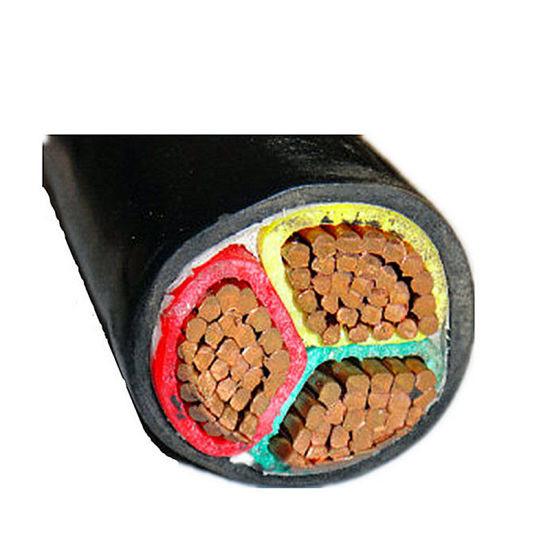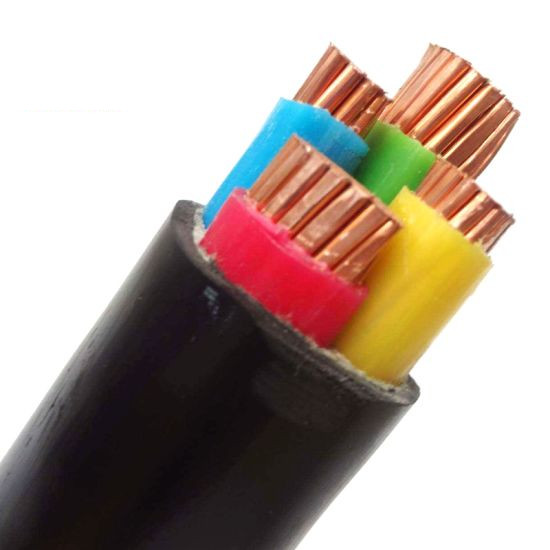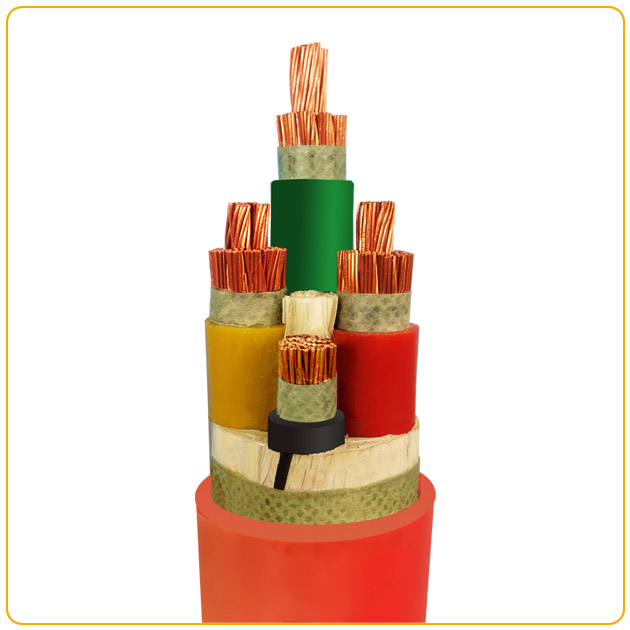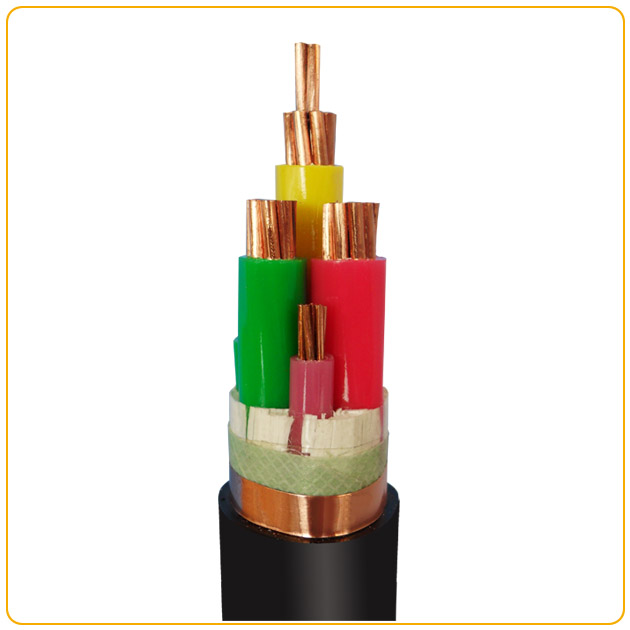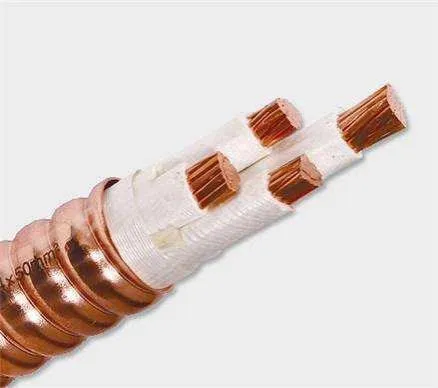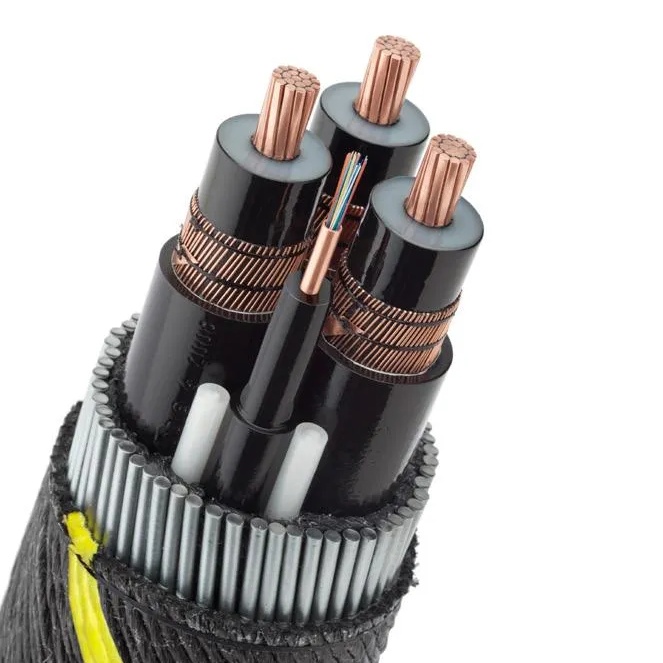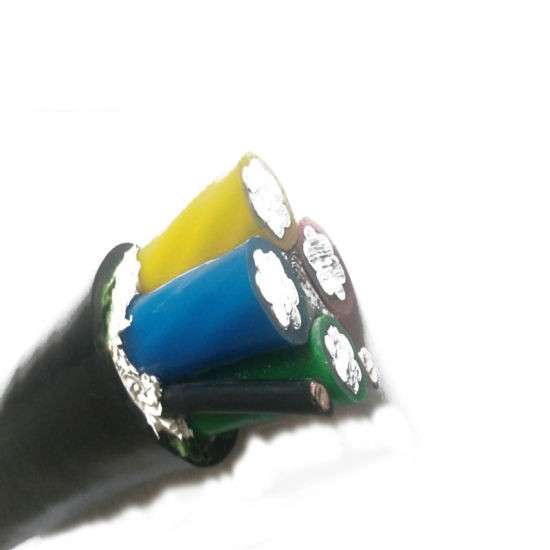-
![IA-DJYP2VP2 10*2*1···]() 2025-09-07 IA-DJYP2VP2 10*2*1.0 Intrins···
2025-09-07 IA-DJYP2VP2 10*2*1.0 Intrins···IA-DJYP2VP2 10*2*1.0 Intrinsically Safe Computer CableThis product is suitable for connecting detection devices and instrumentation in electronic computer networks and control systems with high anti-interference performance requirements.I. Implementation Standard: Q/ZH09.3-2010 (referenced to BS5308
read more > -
![The concept of cro···]() 2025-09-07 The concept of cross-linked ···
2025-09-07 The concept of cross-linked ···Cross-linked cable generally refers to cables with a cross-linked material for the insulation layer. The most commonly used material is cross-linked polyethylene (XLPE). The cross-linking process involves transforming the linear molecular structure of polyethylene (PE) through a specific processing
read more > -
![What are the chara···]() 2025-09-07 What are the characteristics···
2025-09-07 What are the characteristics···The aging life of cable insulation material is primarily determined by its thermal aging life, which is determined by the rate of chemical reactions such as thermal oxidation, thermal cracking, thermal oxidative cracking, and polycondensation occurring within the insulation material under thermal st
read more > -
![What are the usage···]() 2025-09-07 What are the usage character···
2025-09-07 What are the usage character···1. AC Rated Voltage: U0/U 300/500kV2. Maximum Operating Temperature: Polyethylene insulation not exceeding 70°C; cross-linked polyethylene insulation 90°C; low-smoke, halogen-free, flame-retardant polyolefin 70°C; low-smoke, halogen-free, flame-retardant cross-linked polyolefin 90°C and 125°C.3
read more > -
![What are the cause···]() 2025-09-07 What are the causes of power···
2025-09-07 What are the causes of power···The production, laying, three-end manufacturing process, accessory materials, and operating conditions of power cables are closely related to the operation of the cables. Any omission in the above links will become a hidden danger of cable failure. The causes and characteristics of cable failure are
read more > -
![What are the produ···]() 2025-09-06 What are the product specifi···
2025-09-06 What are the product specifi···1. Main lines typically use power cables (such as VV and YJV; low-smoke, halogen-free, and environmentally friendly branch cables are now commonly used), and household installations typically use electrical wiring (such as BV, RV, BVVB, and BVR).2. Security systems use RVV, RVVP, SYV, and SYWV cable
read more > -
![The difference bet···]() 2025-09-06 The difference between KVVP ···
2025-09-06 The difference between KVVP ···The conductors are the same, but the shielding and usage environments are different. KVVP is a braided shield, and KVVP2 is a copper tape wrapped shield.
read more > -
![How to connect cab···]() 2025-09-06 How to connect cables with d···
2025-09-06 How to connect cables with d···The metal sheath of power cable has two types: lead sheath and aluminum sheath. Their sealing methods are as follows:(1) Sealing of lead sheath1) Rubbing method. Use a gasoline blowtorch or propane gun to heat the lead sealing part, melt the lead sealing rod at the same time, stick the solder to the
read more > -
![What is oil-filled···]() 2025-09-06 What is oil-filled cable?
2025-09-06 What is oil-filled cable?Oil-filled cable is characterized by low-viscosity insulating oil filled into the cable insulation. The oil supply maintains a constant pressure to eliminate air gaps within the insulation. It is a representative product of "pressure-type" wire. It is primarily used in high-voltage (110 kV
read more > -
![How many sealing m···]() 2025-09-06 How many sealing methods are···
2025-09-06 How many sealing methods are···Currently, there are four main sealing methods for plastic cables: bonding, molding, heat (cold) shrinkage and welding.
read more >

